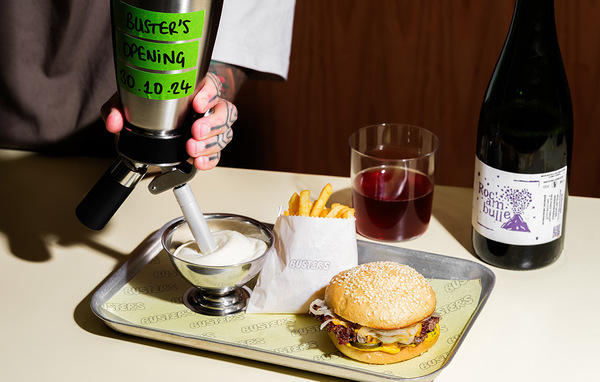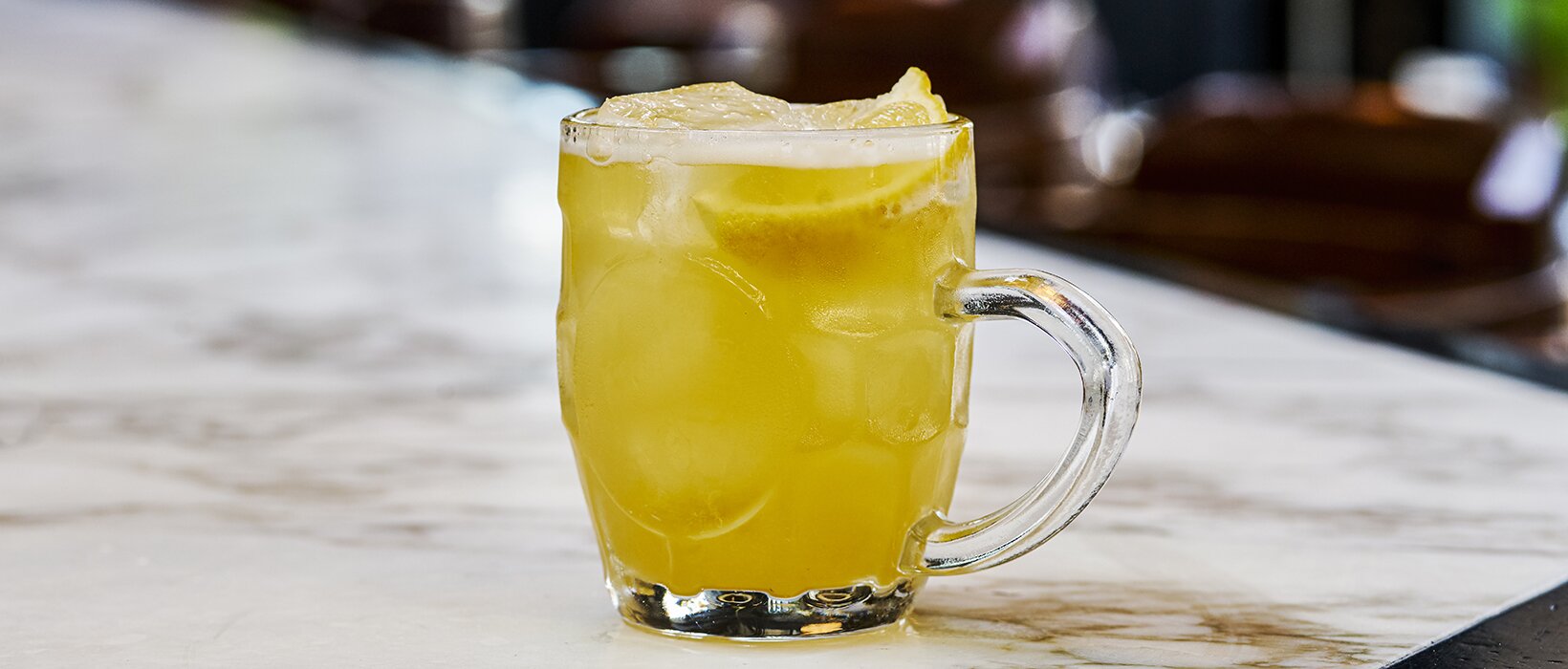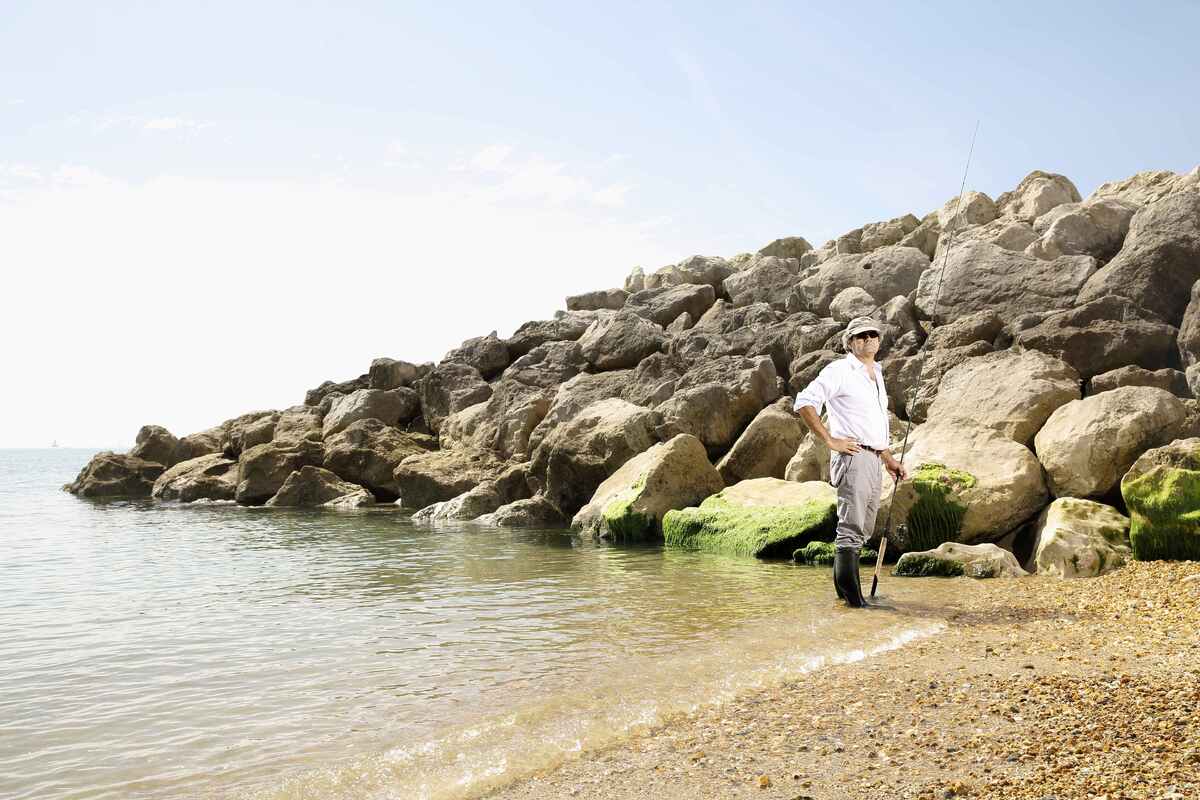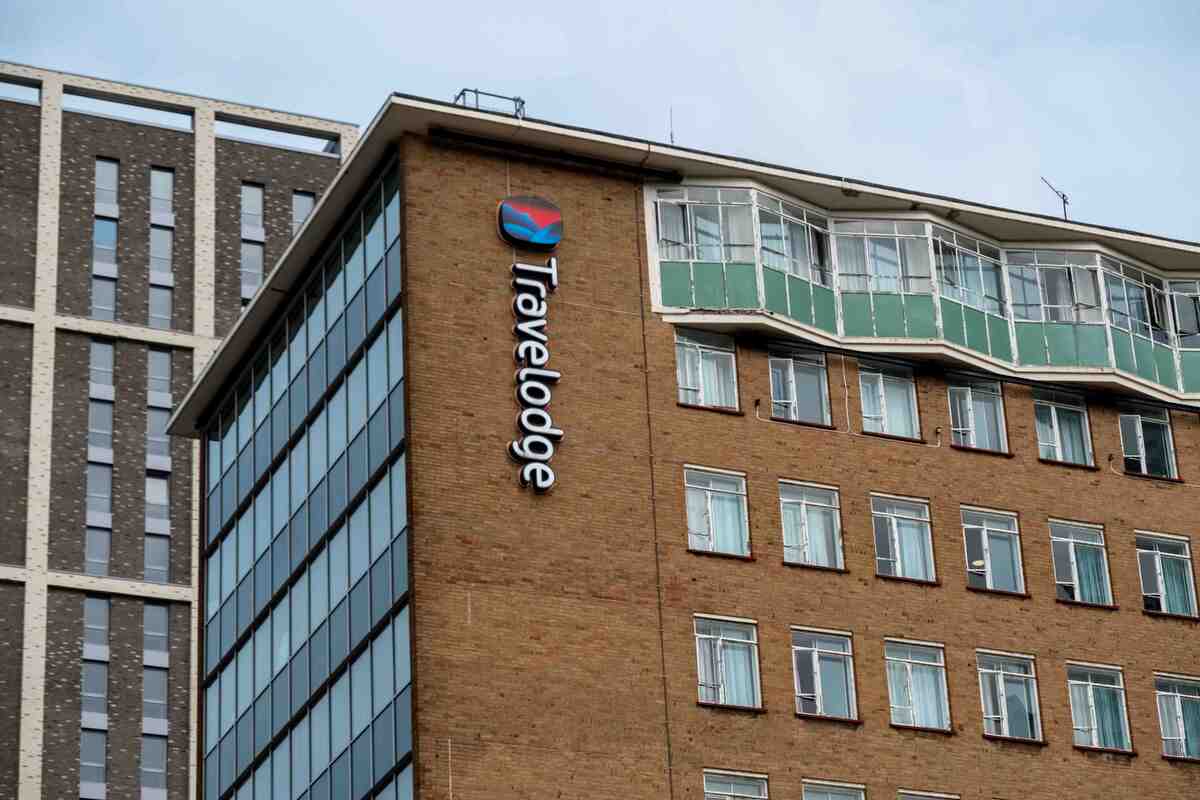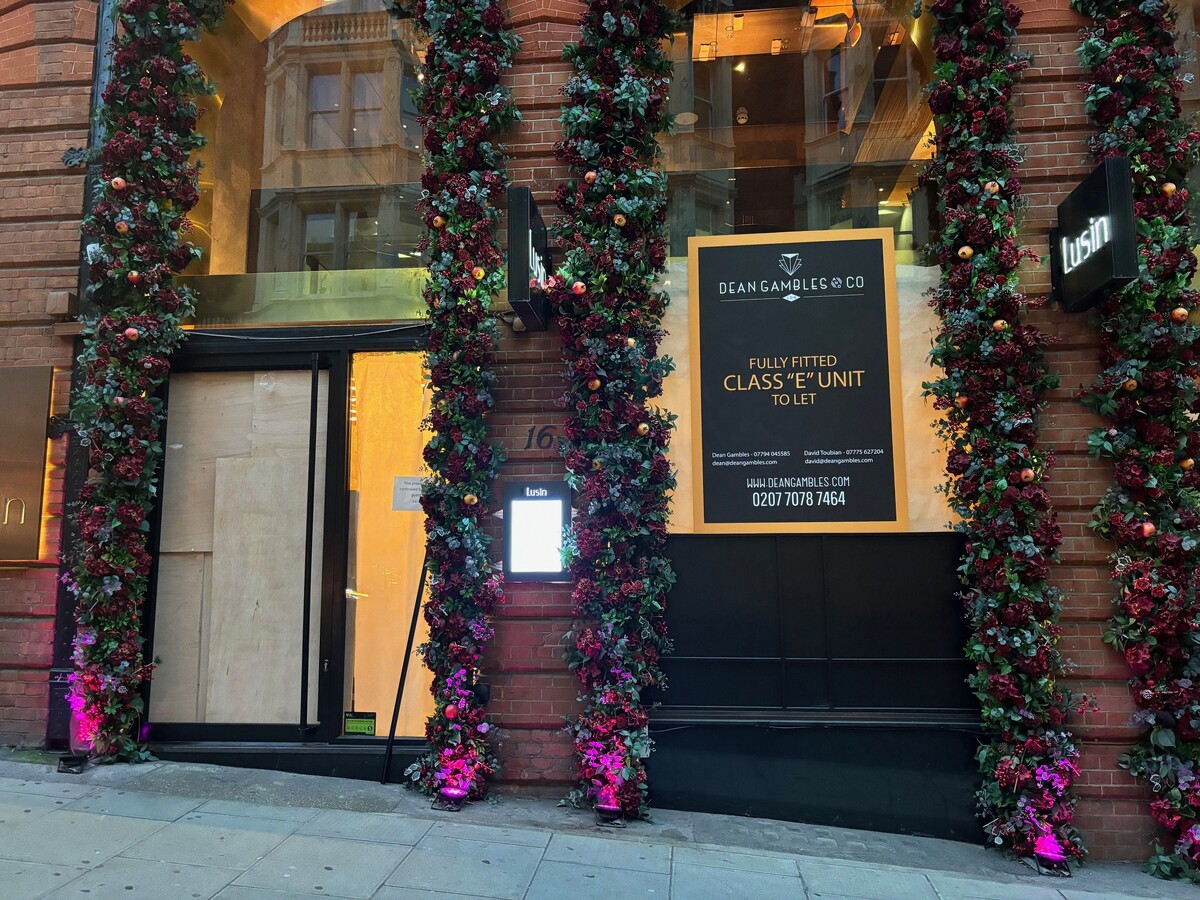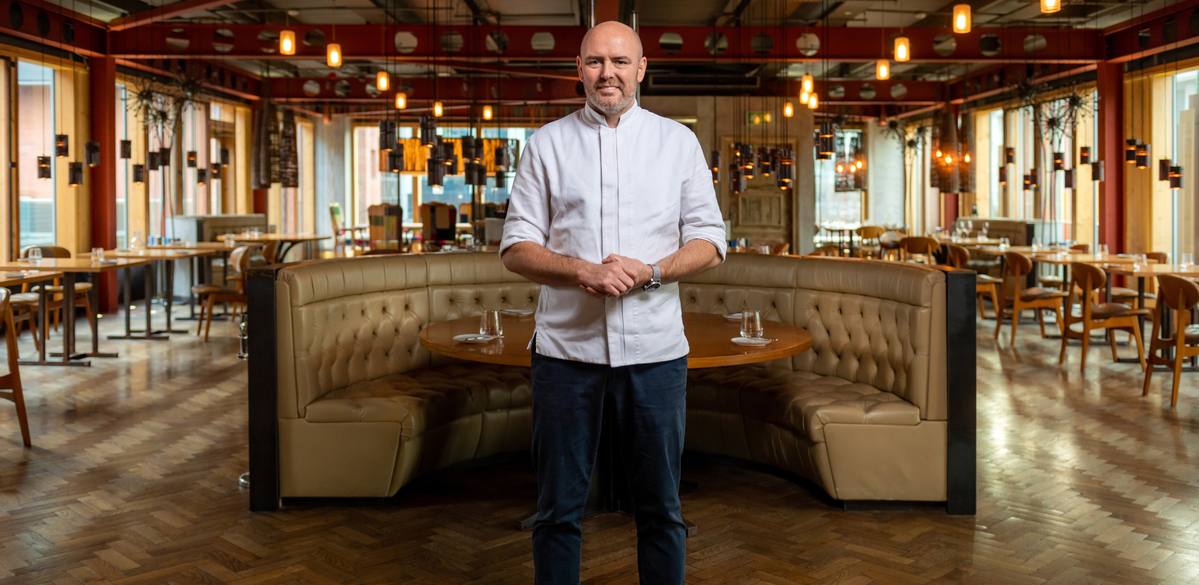Moderation for the nation: the best low- and no-alcohol drinks
With more people shunning alcohol, having a good booze-free menu is a basic requirement. Millie Milliken speaks to those going the extra mile with their non-alcoholic offerings
“Even people who don’t drink at all still spend time in restaurants.” A simple statement from Liam Davy, general manager at Hawksmoor Group, but considering that the adoption of well-considered, non-alcoholic drinks in restaurant settings has only become more widespread recently, suggests that this is a statement that needs reiterating. When it comes to understanding no and low-alcoholic drinks in the UK, non-alcoholic can contain anything between 0% and 0.5% ABV, while low-alcohol can mean anything up to 1.2% ABV. Also included in the category are drinks that have been de-alcoholised. On the market right now are options including anything from de-alcoholised wines to non-alcoholic beers, fermented sparkling teas and spirit alternatives, as well as making your own in-house shrubs, vinegars and ferments.
Having a good, thoughtful and sometimes extensive choice of no and low drinks is only going to become even more important if consumers’ drinking habits continue to change. According to Health Survey for England in 2021, there has been a huge surge in non-drinkers between the ages of 16-24 – and other age ranges are adopting a more moderate approach to alcohol, too. Let’s not also forget those who refrain from alcohol due to religious or health reasons, as well as designated drivers. And when it comes to Dry January, the figures are on the up, with the highest number of official participants on record – 131,266 – taking part in a month-long abstinence, says Alcohol Change.
So, who’s going the extra mile to make sure non-drinkers and moderating drinkers are being more than just catered for?
Going large
At Hawksmoor, the British steakhouse chain, which has outposts in England, Scotland, Ireland and New York City, has a dedicated Temperates menu, featuring cocktails using brands such as Aecorn, Seedlip and Tanqueray 0.0%, as well as a Brewed & Fermented section for wine alternatives, sparkling teas and non-alcoholic beers.
“When I took [the drinks offering] over a few years ago, the no and low part was lots of juices and pre-packaged sodas – not a huge amount of thought was taken for those people who had chosen not to drink,” explains Davy. “At that stage we decided to do a much more grown-up offering, which was not just about doing versions of alcoholic drinks, but putting ourselves in the mindset of people who had decided not to drink, making the drinks drier and more complex.” So, they doubled the size of the menu, focusing more on products that already existed. The reception, Davy says, was amazing.
Dishoom, meanwhile, which lists non-alcoholic cocktails as well as de-alcoholised wine, non-alcoholic beer, lassis and a large range of soft drinks, sees batchmaker Laura Simonelli and bar operations manager Jake Odlum use a mix of bought and homemade ingredients to create drinks that both nod to the classics but also have their own character, such as the Sober Negroni and the Teetotal Espresso Martini.
“You want a name that is easily recognisable,” Simonelli says. Alongside using lengtheners such as Lucky Saint beer and brands like Crossip, they also use ingredients like Cabernet rosé grape juice, Oolong and Lapsang tea, and a non-alcoholic gin and chai vermouth.
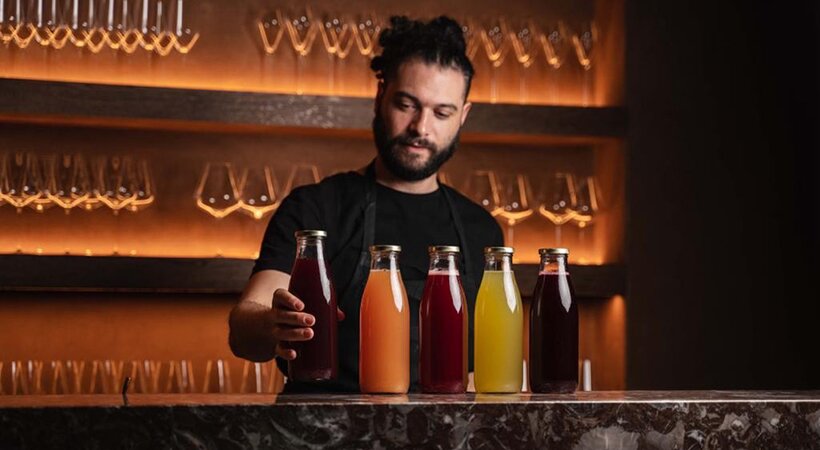
Perfect pairings
Where Hawksmoor and Dishoom work less on the basis of creating or choosing no-ABV drinks to go with specific foods, other restaurants are working hard to incorporate boozeless drinks into pairing menus.
The three-Michelin-star Fat Duck in Bray was an early adopter of non-alcoholic beverages and it uses drinks supplier Real, which produces fermented sparkling teas made on the Waddesdon Estate in Buckinghamshire.
“I discovered Real five years ago, when I was looking to build the first non-alcoholic pairing at the restaurant,” explains head sommelier Melania Bellesini. “I was on the hunt for interesting and highly unusual drinks that were food-friendly at the same time. I’ve experimented with the kombuchas the company makes, trying new combinations, for example, serving Iron Goddess [brewed with Oolong tea] on its own as a sparkling drink to match our ‘full English breakfast’ dish, or as an alcohol-free cocktail with our Fat Duck passion fruit and elderflower cordial, topped up with Royal Flush [a sparkling tea made from Darjeeling] to match the passion fruit, lavender and oyster dish.”
In Northumberland one-Michelin-star restaurant Pine uses ingredients foraged on the farm it sits on to inspire some of its non-alcoholic options. Bar manager Bobby Morrison sees the challenge as something that drives creativity when it comes to developing drinks for his tonic, soft and non-alcoholic menus. “I can do anything – kombuchas, iced teas, hot teas – I’ve even got a shiso drinking vinegar on at the moment. When you start thinking about textures too, it just opens up,” he says.
Over a 16-course tasting menu, guests can enjoy the likes of an Oolong, Lapsang Souchong and English breakfast ice tea blend with the bread and broth course; homemade cola (using kitchen waste, such as fennel seeds, lemon, lime and ginger) to go with the beetroot course; and a black apple juice served with a dessert combining apples and parsnip.
Back in Fitzrovia in London and West African restaurant Akoko sees bar manager Yusif Al-Baggou using ingredients that represent the restaurant’s style in its nine-course matching drinks menu, making its own kombucha and mead as well as a sparkling tamarind iced tea, which goes with a spiced butternut squash soup.
“What I would normally do is consult with the head sommelier to see what flavour profiles they’ve picked out and try to match that,” Al-Baggou explains. “I go along the lines of what style of wine he’s going to pair.”
Big flavours
While having a strong no or low offer is undoubtedly a good and worthwhile exercise, there are challenges. First, despite the general level of quality of product on the UK trade market being undeniably better than it was even 12 months ago, some products still miss the mark on flavour – particularly when it comes to non-alcoholic wine or its alternatives. This is something Bellesini has had to contend with.
“The structure of a non-alcoholic drink can lack in weight and texture: they can be two-dimensional instead of three-dimensional,” she says. “Sometimes they lack in intensity, so the flavour disappears very quickly compared with wines with more solid structures. I found non-alcoholic alternatives like Real to have the depth and length that not many other non-alcoholic drinks have.”
Then there is cost, time and labour. At Dishoom, using premium ingredients in its non-alcoholic menu can actually make them more expensive to produce, says Simonelli – but they’re willing to take the hit. “We tend to make pretty much everything ourselves, not for profit but for quality reasons,” she says.
At Pine Morrison has the advantage of being able to use ingredients grown on their land so costs are minimal: “I don’t want to rip people off, it doesn’t really cost anything – just time – and for the most part the gross profit is absolutely fantastic,” he says.
However, at Hawksmoor Davy admits that while they do take a hit, it’s not a surprise: “You have to be realistic about what people will spend on a non-alcoholic drink,” he says, adding that while some venues might see spikes at certain times of the year, sales of non-alcoholic drinks at Hawksmoor remain consistent.
For Al-Baggou, it’s all about being able to control costs: “Making things in house definitely helps with the gross profit as you have more control… we still use some quite expensive ingredients though – that kind of balances it.”
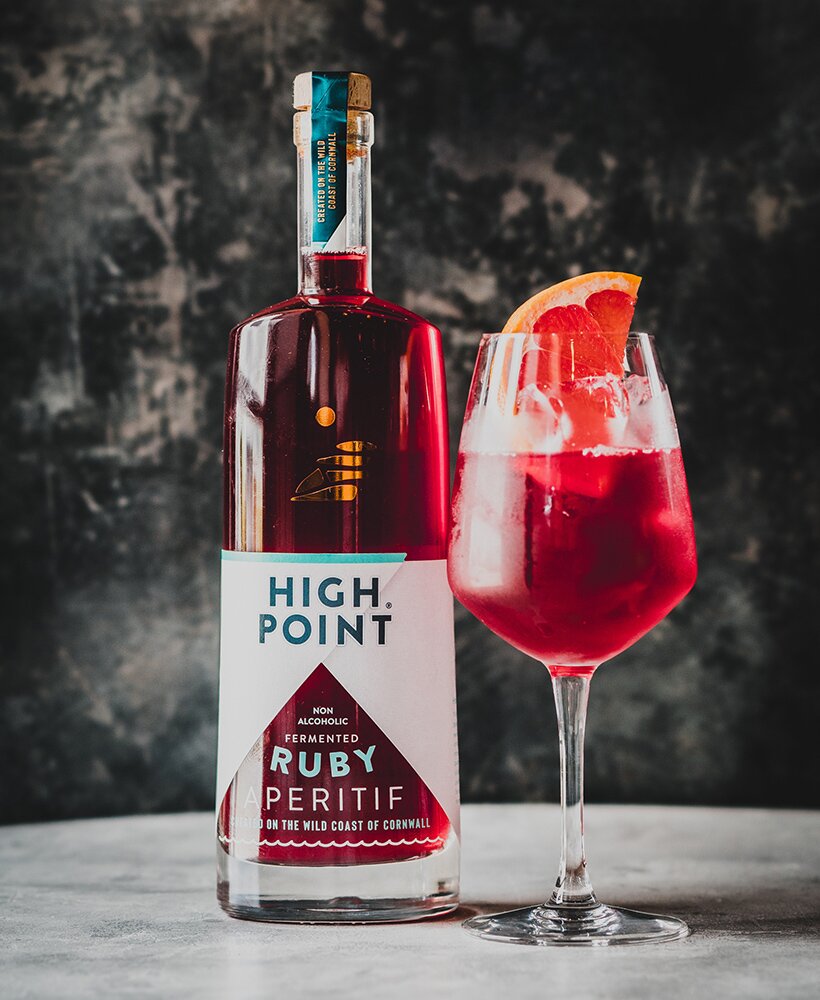
Non-alcoholic inspiration
- Saicho Darjeeling Sparkling Cold Brew Tea Made using tea grown in the Himalayan foothills, this non-alcoholic sparkling wine has flavours of stone fruits with minerality and a touch of oak shining through.
- Highpoint Amber This fermented mix of lapsang tea, ginger, clove, vanilla, cacao nibs, gentian root and oak make this British-made digestif a great alternative for darker spirits. Try as an Old Fashioned or lengthened with ginger ale.
- Big Drop Paradiso Citra IPA Bright, sharp and bursting with citrus, this IPA from non-alcoholic beer favourite Big Drop is a crowd-pleaser to have behind the bar.


